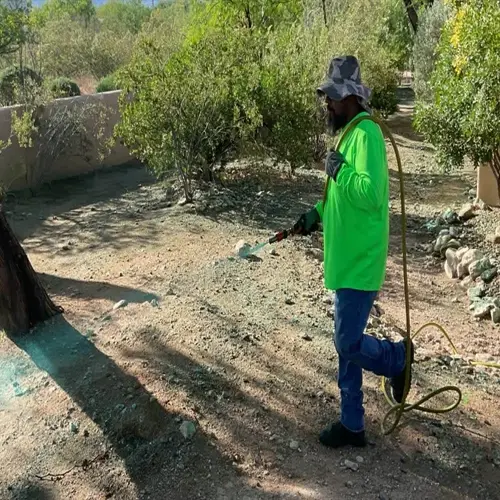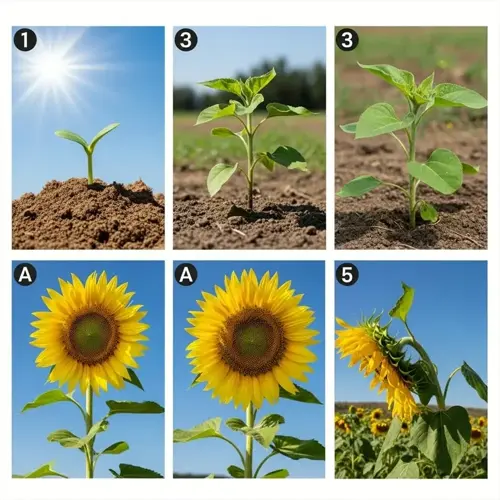Do scale insects live in soil?

Written by
Benjamin Miller
Reviewed by
Prof. Martin Thorne, Ph.D.Most scale insects exist on plants' surfaces, but some species, like ground pearls, live in the soil and attack roots directly. The subterranean enemies suddenly cause unexplained wilting by sucking the root sap. I lost a treasured azalea due to root mealybugs before I learned to inspect the soil during repotting.
Identification
- Ground pearls appear as tiny jewel-like cysts on roots
- Root mealybugs show white cottony masses in soil
- Look for pearl-shaped eggs during repotting
Damage Signs
- Sudden wilting despite adequate watering
- Stunted growth with yellowing upper leaves
- Roots appear shriveled or discolored
Treatment Methods
- Drench soil with imidacloprid systemic insecticide
- Apply beneficial nematodes targeting scale larvae
- Use neem cake soil amendments for organic control
Soil Preparation
- Solarize infected soil at 120°F for 4 hours
- Replace top 3 inches with sterile mix
- Add diatomaceous earth to deter reinfestation
Prevention
- Quarantine new plants for 30 days
- Use sterile potting mixes for container plants
- Avoid overwatering that attracts soil pests
Check the roots of plants for signs of soil scale infestation by carefully removing them and examining them for pearl-like cysts or cottony masses. A 10x magnifying glass is of great help in locating tiny nymphs. I repot plants suspected of an infestation into clear containers temporarily, so that I may note the condition of the roots.
Systemic treatments are most effective for treating concealed soil scales. Use imidacloprid as a soil drench, allowing the roots to absorb it. This poison kills the scales that are sucking sap. Always follow the label rates to prevent damage to the roots. My citrus trees recovered while using half-strength applications every month.
Biological controls provide a sustainable option. Beneficial nematodes such as Steinernema feltiae can attack the larvae of scales in the soil. Treat the soil in the evening when the soil temperature is above 55°F. I like to combine nematodes with neem cake for longer-term protection.
Limit reinfestation by improving the soil. Add compost to feed beneficial microbes that keep scales away. Avoid over-fertilizing with nitrogen, as it attracts pests that feed on it. Solarize garden beds once per year where infestations have occurred before. These measures have kept the rose beds free of scales.
Read the full article: Scale Insect Treatment Methods Explained

